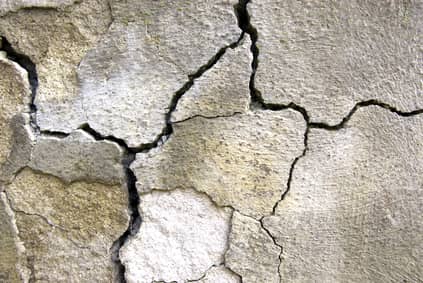How to Identify and Address Concrete Cracks Early

Concrete floors are durable, but they're not invincible—cracks can form and spread if ignored. Recognizing the early warning signs can make all the difference between a minor fix and a major structural concern. By spotting potential issues sooner rather than later, you save time, minimize costs, and protect your investment in the long run. While minor cracks might seem purely cosmetic, they can sometimes hint at deeper problems below the surface. With the right knowledge and proper maintenance, you can keep your concrete floor strong and ready for the next step—like adding an epoxy coating for enhanced durability and style.
Understanding Common Types of Concrete Cracks
Not all cracks are created equal. Hairline cracks typically appear as thin lines and may be confined to the top layer of concrete. These are often caused by surface shrinkage or rapid drying. Settlement cracks, on the other hand, can be more serious, signaling that the ground beneath the concrete has shifted or settled. Meanwhile, structural cracks are the most concerning because they indicate deeper foundation problems. If you notice wide or continually spreading cracks, it's time to seek professional input.
If you're already dealing with cracks in your concrete, it's crucial to address them before they worsen or compromise the integrity of your floor. Once repaired, you might consider our concrete crack repair services to ensure the foundation is level and stable enough for any protective finish you plan to add in the future.
Step-by-Step Approach to Concrete Crack Repair
- Evaluate the Damage - Begin by assessing the crack's width, depth, and location. Hairline cracks that are less than 1/8 inch wide typically fall under the "superficial" category, while wider, jagged lines may suggest structural issues.
- Clean the Area - Remove any loose debris, dirt, or grease from the crack to ensure a clear work surface. This helps the repair material adhere properly.
- Select the Right Filler - Depending on the crack's size and severity, different fillers or sealants may be used. Professional-grade epoxies or polymers often provide the best long-term hold and stability.
- Prepare and Apply - Follow product instructions precisely, mixing any required components and applying the filler to the crack. Use a trowel or other tool to smooth out the surface.
- Cure and Finish - Allow adequate time for the repair material to cure. This step is vital for ensuring longevity and preventing re-cracking. Once dry, you can sand or smooth the area for a uniform look.
If you're unsure about handling a persistent or wide crack on your own, it's wise to bring in an expert. Contact us at 518-491-6373 to schedule your concrete crack repair and let us help keep your foundation secure for future upgrades. For more ways to strengthen and enhance your floors, be sure to consult our Albany epoxy coating experts for additional insights and tailored solutions.
Transform Your Floors Contact Us for Epoxy Coatings In Albany Today!